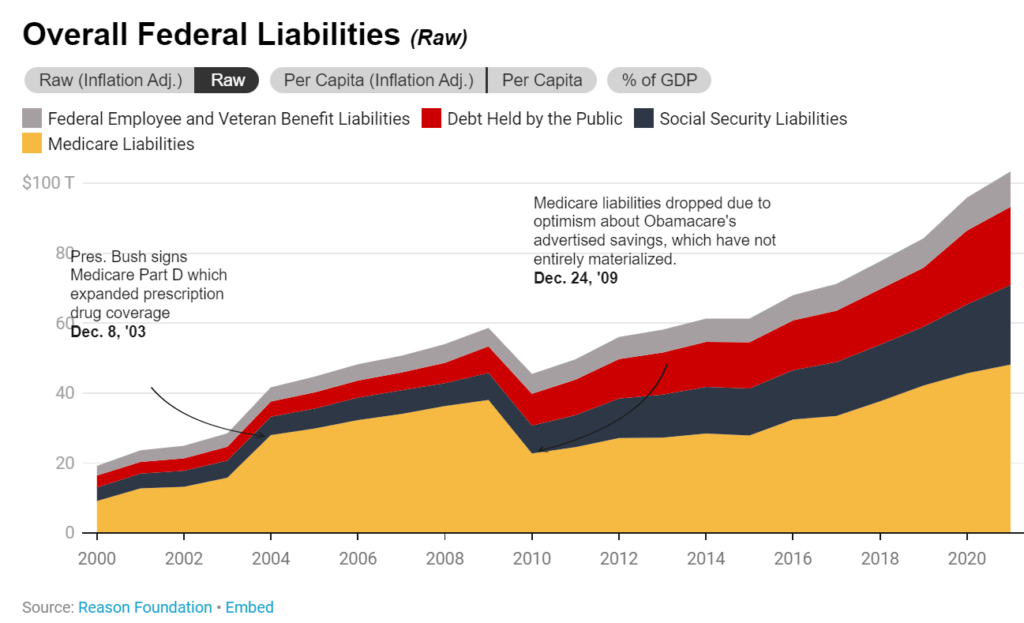Link: https://www.politico.com/news/2022/06/16/treasury-tax-revenue-surge-00039880
Excerpt:
Corporations too are projected to pay more, with payments predicted to grow by 6 percent, amid a projected 10 percent increase in profits.
Some companies’ tax bills are being pushed up by supply chain problems, CBO said. Normally, firms with big inventories are allowed to consider the last item they bought to be the one they just sold.
But when they dig deeply into or completely exhaust their inventories, they must recognize items bought long ago that may have cost them significantly less to purchase. Because the original price was lower, their profit looks bigger, and they owe more in taxes.
Also, provisions created as part of the 2017 tax overhaul targeting companies that stockpile profits in overseas tax havens are bringing in more revenue than forecasters anticipated.
“CBO continued to refine its treatment of income and deductions from foreign corporations and branches, including how it estimates taxes collected on global intangible low-taxed income (GILTI),” the agency said.
Author(s): Brian Faler
Publication Date: 16 Jun 2022
Publication Site: Politico



